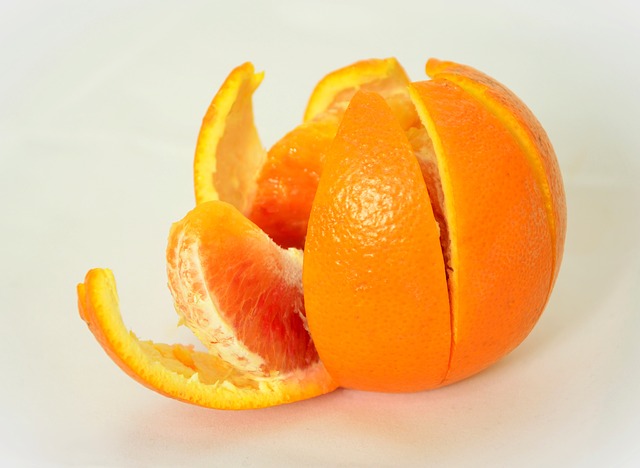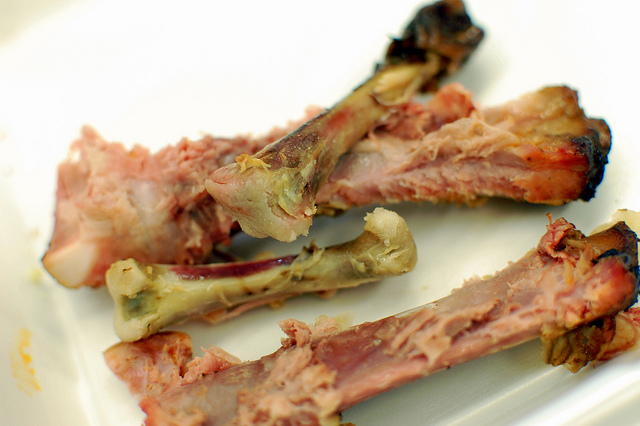What to Do About Composting Maybes
When you are composting, you may find yourself asking, “Can I compost this?” more and more often. And you’ll probably find Let’s take bread as an example. If you do a quick search online you’ll find that some experts say, Sure, you can! Other sources say, No way!
What do you do with a composting maybe?
Dozens of items fall into this grey area between what you definitely should and shouldn’t add to your home compost pile. The best way forward is to learn more about why the composting community disagrees. Then you can make your own decision.
Here are a few of the items we consider to be “maybes” and what the risks might be when you add them to your compost pile. We compost all of these items in our own piles, so I’m also going to share the strategies we use to lower the risks.
If you’re brand new to composting, you might enjoy our Quick Start to Composting video series. It’s free and will get you started with all the basics you need to know!
 Citrus peels
Citrus peels
Rinds from oranges, grapefruits, lemons, limes and other citrus are slow to decompose. The oils in the skins can be harmful to some microbes and worms (think orange-powered cleaning supplies). We avoid adding these to our worm bin and put them in our main compost bin instead. If we ever have a large amount, I’m careful to spread them out as I add them to the pile. When it’s time to harvest compost, we just sift out and toss any recognizable peels into the active pile for another round of decomposition.
Bread, pasta & rice
Breads, pastas and rice usually fall into the cooked food category, and cooked food can attract pests. We are lucky not to have any major problems with mice, rats or other potential pests, so I do add these items to our main compost pile. I’m just dig down into the pile to where it’s warm and the microbes are active. And then I cover it with a thick layer of leaves or other material.
Dairy
Adding cheese, yogurt or milk to your compost pile can make it stinky, so these are a definite “no” for our indoor worm bin. We try not to have much dairy waste at all. For example, spoiled milk gets clabbered (cultured) for the chickens. But if we have a bit of moldy cheese or yogurt, I do add them to our outdoor compost pile, being careful to bury them in the center.
In the past, I’ve occasionally had a large amount of dairy or eggs go bad, like the time I found a forgotten quart of (greenish!) yogurt at the back of the fridge or the time I found more than a dozen really old chicken eggs in a hidden corner of they yard. Rather than risk a stinky pile, I just dig a deep hole, dump in the waste, and try not to breathe through my nose while I cover it back up. Done! Be sure your hole is at least 200 feet from bodies of water.
Fats
A bunch of oil or grease in your compost pile can attract pests and get smelly. I do follow the bury-it-in-the-center method with small amounts of fat and have had no trouble in our pile. If I have a larger amount of fat (like when I finally decided to tackle the jars of 40-year-old lard that we found in a shed!), we’ll opt for burying it instead.
Seafood Shells
As you’d probably guess, seafood shells can attract rodents and other pests. But most of them will break down well in your compost while adding calcium and other nutrients. I add them in the hot center of our pile. Adding them to a tumbler or other enclosed bin is a great way to get the nutrients without worrying about pests.
Meat
Meat will definitely break down in a compost pile. (Many cities use composting to dispose of roadkill and other carcasses. A much better option than landfilling!) But it can get stinky or harbor pathogens that would make humans sick.
Occasional meat scraps and bones can be composted in the center of a hot pile with plenty of dry material under and around it to absorb odors and keep out pests. You want to be sure the compost gets hot enough to kill any potential pathogens, and if you’re not sure, plan to use the finished compost in non-food parts of your garden.
If you’re thinking about composting a larger amount of meat, you’ll want to read up on carcass composting (Cornell University calls it “natural rendering.”) and take precautions like keeping your pile at least 200 feet away from water.
Bokashi bins are another good option for processing any kind of food waste.
Dryer Lint
To decide about composting your dryer lint, you’ll first need to think about what is in your laundry. You should probably avoid adding lint from mostly synthetic fabrics. And dryer lint can contain chemicals from your detergent and dryer sheets and even flame retardants.
Wood Ash
Ash is alkaline. If you live in a place with alkaline soil, you’ll probably want to avoid adding ash to your compost or your soil altogether. Our soil is acidic, so we do add wood ash in limited quantities to our compost. We also use ashes in our chicken dust bath mix and spread it in a thin layer directly on some parts of the garden.
Newspapers
Newspaper inks used to be petroleum-based, which would make them a no-go for the compost. Nowadays, most newspapers are printed with soy-based inks, which are safe for your compost pile. The non-glossy colored pages are usually safe also. I’d suggest that you check with your local paper to see what they use.
We do avoid adding glossy inserts and magazines to our compost, since the industry still uses some heavy metals and petroleum in inks and coatings. I’ve read that most printers are shifting to safer ingredients, and I’d like to do more research on this when time allows. For now, we recycle those instead.
Weeds
Most weeds can go right in, but avoid any that have gone to seed. Your compost pile might not get hot enough to kill the seeds. Also avoid adding weeds that spread by their roots, like Bermuda grass, bindweed or mint. One option is to solarize these types of weeds by sealing them in a black plastic bag in the sun. Once fried, they’ll be safe to add to your pile.
Evergreens
Evergreen needles and leaves like holly can be composted, but will take a long time to break down. I’d recommend adding them in moderation and shredding them with the lawn mower first.
Manure
Manure from chickens, rabbits, horses, cows and other plant-eating animals can be a great addition to compost. But you’ll want to be sure you know the source.
Sometimes pastures and hay fields are treated with a persistent herbicide that isn’t broken down by digestion or composting. If you add these grasses or manure from animals that ate these grasses to your compost, your finished product will have herbicides in it at concentrations high enough to impact many garden plants. Yikes!
If you want to compost horse or cow manure, find out more about how your farmer managed the pastures and hay fields. You’ll also want to avoid using manure right after animals have been treated for worms.
When In Doubt
If you’re ever in doubt about the safety of adding something to your compost bin, don’t add it. Your compost shouldn’t be a source of worry, and you can find other sustainable ways to dispose of most organic waste, from burying to recycling to sending to a commercial compost facility.
Are there other composting “maybes” that you want to know about? Let us know in the comments below.

